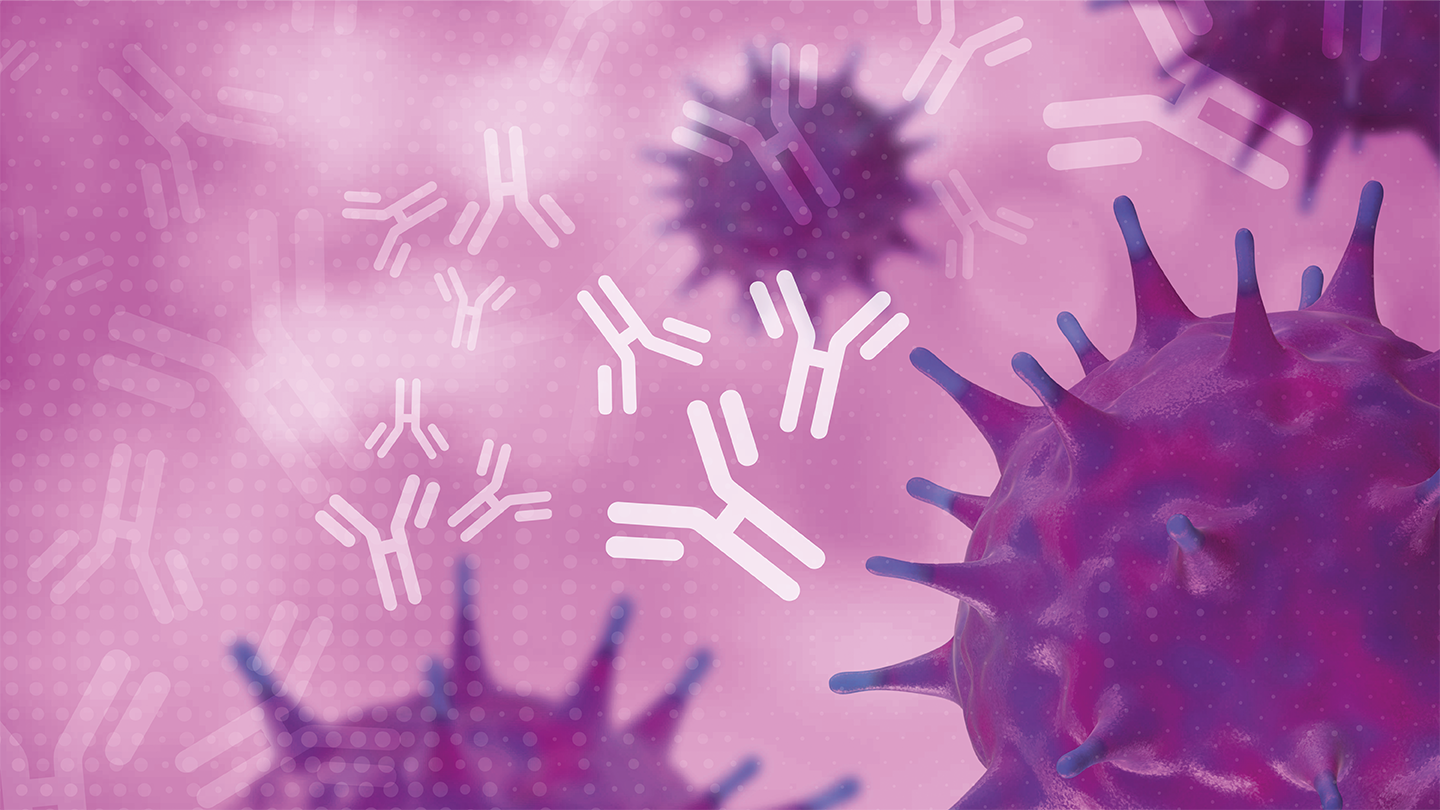What’s New in Infectious Disease
Catching up with the latest news in ID research
Losing sight of COVID-19
SARS-CoV-2 has been attributed to wide-ranging ocular abnormalities and vision impairment, but understanding remained unclear. In response, researchers at the University of Missouri School of Medicine used a humanized mouse model to learn how our vision is affected by the virus (PMID: 38598560). Their study shows that SARS-CoV-2 is able to breach the protective blood-retinal barrier, infect the cell lining, and has the potential to cause long-term consequences in the eye. Lead researcher Pawan Kumar Singh recommends that those with a COVID-19 diagnosis, “ask [their] ophthalmologist to check for pathological changes to the retina.”
Birds > Cows > Humans?
The H5N1 influenza virus (also known as bird flu) has been spreading through dairy cows in nine US states – but as of May 2024, tests have shown no sign of the virus in pasteurized milk. However, researchers worry that insufficient collection and reporting on data could hold back efforts to control the virus (go.nature.com/3yGsyZh). With a shortfall in testing, despite one infected person being identified and linked with the outbreak, there’s a serious risk of bird flu spreading between humans without our knowledge.
Eradicating E. albertii
The prevalence of pathogenic E. coli has caused frequent misidentification of similar bacteria, which is especially damaging with large scale outbreaks of E. albertii food poisoning overtaking Japan. To clear up these errors and establish a diagnostic method, researchers led by Shinji Yamasaki and Sharda Prasad Awasthi created a quantitative real-time PCR method (PMID: 38737260). By conducting specimen identification with this technique, researchers discovered that E. albertii survived in the human intestinal tract for around four weeks and showed continued presence in feces. These results confirm the ability of this method for detecting E. albertii accurately and contribute to elucidating both the source and route of infection.
Lousy lice
Y. pestis has caused numerous pandemic outbreaks, including the Black Death. Now, a recent laboratory study finds that it’s not just fleas and rats at fault for the spread of this virus. Researchers used a membrane-feeder adapted strain of body lice (Pediculus humanus humanus) and showed that they are efficient in transmitting the virus (PMID: 38771885). Additionally, this research showed that Y. pestis can infect Pawlowsky glands in body lice, which increases pathogen transmission consistency. These results suggest that body lice were bigger plague spreaders in past pandemics than previously thought.
In Other News…
Immunity cell wall
Repeated vaccination and infection of SARS-CoV-2 teaches B and T cells to recognize and target the virus to increase protection (PMID: 38781962).
Sewage takes control
An increase in gastrointestinal illnesses in Massachusetts is linked to untreated sewage overflows in US waterways, BUSPH research finds. (PMID: 38775485).
Rabies revelation
The rabies virus persists in Latin America in a cycle between Desmodus rotundus vampire bats and cattle, but researchers prove that deforestation in Costa Rica raises the risk of outbreak (PMID: 38666690).
CWD barriers
Study of prion diseases with a human cerebral organoids model suggests that chronic waste disease (CWD) is unlikely to spread from animals to humans (PMID: 38781931).
This article originally appeared on our sister brand, The Pathologist.






